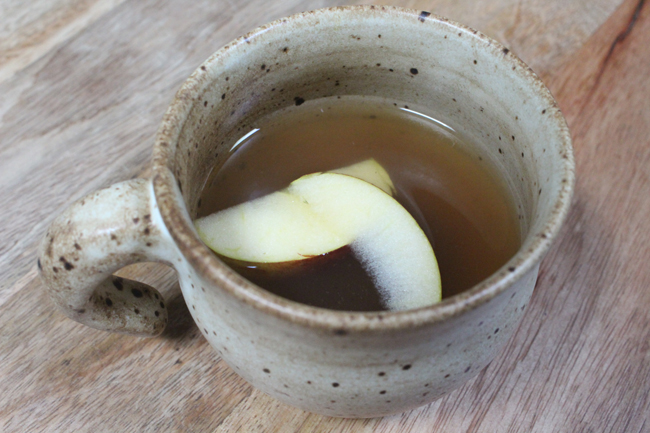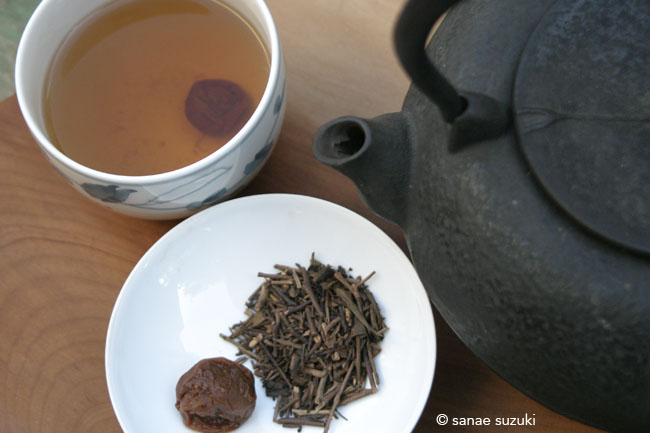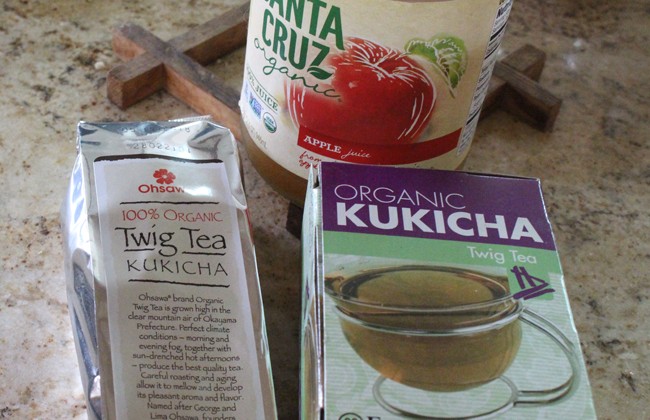I love tea.
Yes, I am Japanese.
I’ve also been told that I was English in a previous life so that naturally gives me the title of “Tea Lover.”
Since I was about 7 years old, one of my favorite things was taking a tea break with my mother’s housekeeper, Mrs. Kato. We usually had bancha (harvested from the same tree as sencha grade, but it is plucked later than sencha, giving it a lower market grade). It is considered to be the lowest grade of green tea. There are 22 grades of bancha. Its flavor is unique; it has a stronger organic straw smell than sencha (a type of Japanese ryokucha/green tea prepared by infusing the processed whole tea leaves in hot water). Mrs. Kato said sencha was too strong for a child, and usually, it is for guests. I tried some, but I did not like it because it tasted bitter.
I started to learn Japanese tea ceremony when I was 17 years old. I used macha, a finely ground powder of specially grown and processed green tea. It was very creamy, and its aromatic taste matched the Japanese tea ceremony sweets. Macha is for special times, but it is high in caffeine. I am not able to drink it most of the time since I am sensitive to caffeine now, so my favorite tea became non-caffeinated herbal tea, like rosehip tea and bancha twig tea (kukicha).
Kukicha is very low in caffeine. Most of the caffeine is in the leaves, which are not used, and the rest is reduced by the aging process. Kukicha is called “three-year bancha” in Japan, because after the stems, stalks and twigs of the tea are picked, they are dried in the sun and aged for three years before roasting. I usually do not feel any caffeine effects, and it is safe for children to drink.
Kukicha has a unique flavor and aroma among teas, due to its aging process and becoming more alkaline. And the benefits of kukicha are numerous. It is an important part of the macrobiotic diet and is thought to lead to stable health and longevity.
It also good to add apple juice when you want to have a little sweet taste when your body gets too tight and need to relax. I usually add a half purified water and a half apple juice and heat up. You can add a slice of apple too.

I use Eden’s Tea Bag for when I am traveling or going out for lunch/dinner. It still give a good taste of Kukicha.
Benefits of Kukicha Tea
Most of the benefits of kukicha tea stem from its alkalizing properties. Prevention of numerous diseases is achieved through alkalization of bodily fluids and tissues and consequent balanced levels of acidity. A diet containing white flour, sugars, dairy products, eggs and meat raises the body’s acidity and eventually results in fatigue, premature aging, weakened immune system, heart, kidney or bladder conditions, and problems with weight, joints and bones. A body containing too much acid draws minerals from bones and other organs and stores fat.
Twig tea (kukicha) is abundant with minerals like copper, selenium, manganese, calcium, zinc and fluoride, as well as A, C and B-complex vitamins and flavonoids. Like green tea, it contains polyphenolic catechins, which are famous for their anti-cancer action. The most powerful of these substances is epigallocatechin, which prevents cancer by discouraging the growth of tumors and stopping it from spreading within cells. Kukicha is also known to promote digestion. Moreover, it has a high content of tannin, which helps clean the body from toxins. Tannin can even free the body from nicotine and radioactivity, which is why it is recommended for people who take many medications.
Similarly to green tea, kukicha regulates the levels of blood sugar, and by lowering high blood pressure, it prevents strokes and heart disease. Being an immunity booster, it helps combat virus-induced colds and flu. Kukicha can also promote weight loss, slow down the aging process, and prevent ulcers. When brewing twig tea, it is important to use hot water, but not boiling. Once boiled water has cooled, the tea is steeped for three minutes at the most. It can also be served cold, with the addition of apple juice, and enjoyed throughout the day—even by children.
Many health benefits may be gained from drinking kukicha, including:
- Contains six times more calcium than cows’ milk, helping to build bone density
- Contains 2.5 times more vitamin C than oranges
- Reduces high blood pressure
- Helps with digestion
- Combats fatigue
- Benefits people suffering from bladder infection and heart diseases
- Reduces the risk of certain types of cancer
- Fluoride helps reduce plaque and bacterial infection
- Helps lower cholesterol levels
- Low in caffeine
- Burns fat
How to Make Twig Tea (Kukicha)
2–3 cups purified water (depending on how strong you want to make the tea)
1 tablespoon twig tea (kukicha)
Place the water in a teakettle, and bring to a boil. Place the twigs directly in the pot or in a tea ball. Reduce the flame to low, and simmer 3–5 minutes. If adding the tea directly to the pot, strain through a tea strainer when serving.

Umeboshi Plum With Twig Tea (Kukicha) Remedy
https://www.sanaesuzuki.com/2016/11/30/california-organic-umeboshi-plums-and-recipe/

